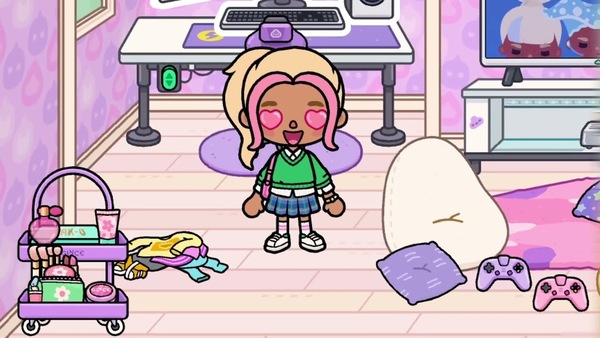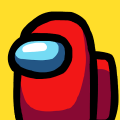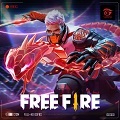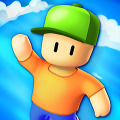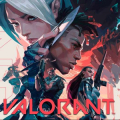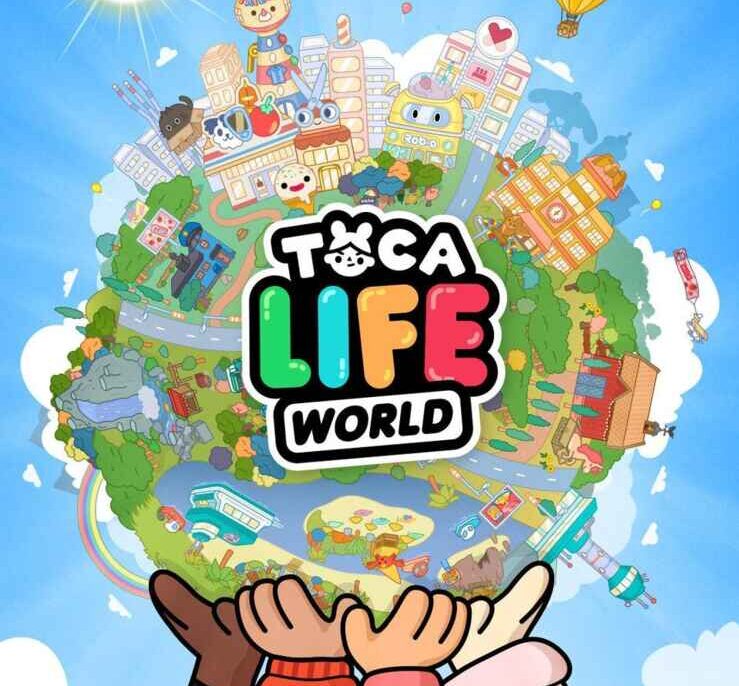
Toca Boca World
All trademarks belong to their respective owners.
Advertisement
Popular Now
Introduction
Toca Life is a popular series of mobile games designed primarily for children, offering a vast, interactive sandbox experience where players can explore various virtual worlds, from cities to hospitals and beyond. Each game in the Toca Life series encourages creative play, with an emphasis on open-ended interactions, character customization, and the freedom to tell stories. While Toca Life has been lauded for its inclusivity and safe environment for children, a deeper analysis of its design raises important ethical questions about its potential impact on child development. This article will explore the ethical implications of Toca Life, focusing on its educational value, its influence on children’s social and emotional development, and the role of in-app purchases and screen time in the overall experience.
1. The Appeal of Toca Life to Children
1.1 Simple Gameplay with Complex Possibilities
At its core, Toca Life is a highly accessible game. It is simple to navigate, and its colorful, cartoonish graphics appeal to a wide age range, making it easy for young children to pick up and play. The game's design emphasizes exploration over goal-oriented tasks, allowing children to create their own narratives and control the flow of the game. This open-ended approach promotes creativity, which is one of the game’s strongest selling points.1.2 Non-Violent, Non-Competitive Environment
Unlike many other mobile games targeted at children, Toca Life avoids any form of violence or competitive gameplay. This is a critical feature for parents concerned about their children’s exposure to inappropriate content. The lack of violence, combined with a focus on positive interactions, positions Toca Life as an alternative to more aggressive gaming experiences. However, despite its non-violent nature, it still raises questions about the implications of the type of interaction it promotes.2. The Challenge of Educational Value in Toca Life
2.1 The Question of Educational Depth
While Toca Life offers a safe space for children to engage with different scenarios and environments, its educational value is questionable. The game encourages free play, which can be seen as fostering creativity, but it doesn't directly teach critical thinking, problem-solving, or other skills typically associated with educational games. Without explicit learning objectives or structured gameplay, children may miss out on more profound cognitive development opportunities.2.2 Can Play Be Truly Educational?
This raises a fundamental question: can free-form, unstructured play be classified as educational? While studies show that unstructured play is valuable for children’s development, Toca Life’s lack of overt educational content—such as reading, mathematics, or scientific concepts—limits its ability to provide the same depth of learning found in other apps designed with specific educational outcomes. This could be a drawback for parents seeking games that combine fun with academic benefits.3. The Emotional Development Impact
3.1 Role-Playing and Empathy
One of the positive aspects of Toca Life is its potential for fostering empathy. By putting children in various everyday situations—such as managing a pet shop, working in a hospital, or living in a city—the game encourages children to explore emotions and role-play social interactions. This can help young players develop a sense of empathy as they engage with the in-game characters, understanding different perspectives and scenarios.3.2 A Double-Edged Sword: Lack of Real Consequences
However, this emotional development aspect has limitations. The characters in Toca Life can be easily manipulated, and there are no real consequences for players' actions. For example, a child can create a conflict between characters, but it does not lead to any meaningful resolution or emotional growth beyond the initial interaction. In real life, children must learn how to resolve conflicts, deal with feelings of frustration, and experience emotional consequences. By removing these elements from gameplay, Toca Life may inadvertently create a sense of emotional detachment.4. The Role of Gender Representation in Toca Life
4.1 Diverse Characters, but Are They Truly Equal?
Toca Life has been praised for offering a diverse set of characters. The game allows players to create their own characters and provides various options for customization in terms of gender, race, and appearance. This inclusivity is important, as it gives children the opportunity to see different types of people represented. However, the game still faces some criticism for how gender roles are subtly reinforced through its scenarios.4.2 Gender Roles in Everyday Scenarios
 Although the game offers female and male characters in all professions and scenarios, the roles they play in the game are often traditional. For example, women are often depicted in nurturing roles, such as caring for animals or working in beauty salons, while men tend to be depicted in roles of leadership, like managing businesses or driving vehicles. While this may be an unintentional side effect of the game’s open-ended structure, it reflects deeper societal gender norms and may subtly reinforce gender stereotypes in children’s developing minds.
Although the game offers female and male characters in all professions and scenarios, the roles they play in the game are often traditional. For example, women are often depicted in nurturing roles, such as caring for animals or working in beauty salons, while men tend to be depicted in roles of leadership, like managing businesses or driving vehicles. While this may be an unintentional side effect of the game’s open-ended structure, it reflects deeper societal gender norms and may subtly reinforce gender stereotypes in children’s developing minds.
5. The Influence of In-App Purchases
5.1 The Economics of Toca Life
While Toca Life is initially available for a flat fee, it also features numerous in-app purchases (IAPs). These include new worlds, characters, and outfits that are available for an additional cost. In-app purchases raise ethical questions about how much the game should ask players to spend beyond the initial purchase price, especially considering that many of the IAPs are aimed at children who might not fully understand the implications of spending real money.5.2 Potential Risks of In-App Purchases for Children
In-app purchases can lead to children becoming accustomed to the idea of spending money on digital items. This has broader implications for children’s financial literacy and understanding of consumerism. Moreover, it is easy for parents to overlook or misunderstand how much their children are spending, which could lead to unexpected financial consequences. The game’s design encourages continual purchases, promoting an environment where spending is normalized and even encouraged.6. The Impact of Excessive Screen Time
6.1 The Allure of Endless Exploration
One of the main draws of Toca Life is its emphasis on endless exploration. Unlike many games that have defined goals or narratives, Toca Life allows children to create their own stories, which can keep them engaged for long periods. However, this can be problematic in terms of screen time. Long gaming sessions, especially without structured breaks, can lead to negative consequences such as eye strain, poor posture, and disrupted sleep patterns.6.2 Promoting Balanced Play
To mitigate these effects, it is important for parents to monitor the amount of time their children spend on Toca Life and ensure that they balance screen time with physical activities, social interaction, and other forms of play. The game’s free-form nature can make it easy to lose track of time, so fostering awareness about screen time limits is crucial for maintaining a healthy balance between digital and offline experiences.7. Privacy and Safety Concerns in Toca Life
